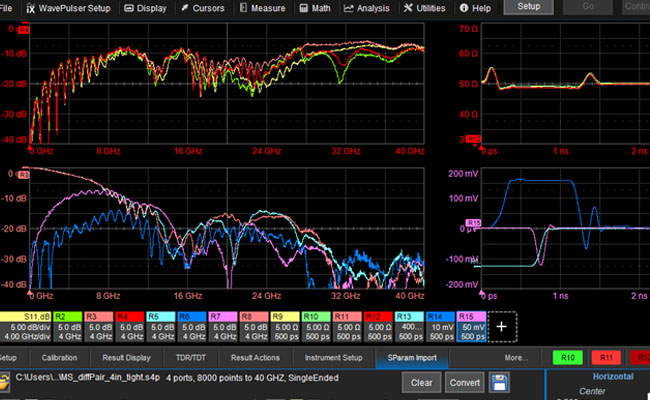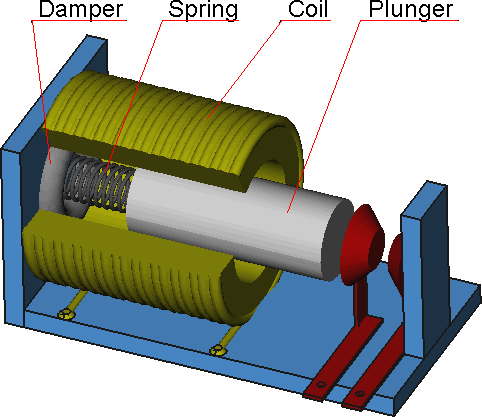

- #Gnu octave electrical engineering driver
- #Gnu octave electrical engineering full
- #Gnu octave electrical engineering plus
- #Gnu octave electrical engineering series
Synchronous signals that are sampled on the edge of a clock signal may be fine with the stair-step, because they can be sampled after the signal settling time. Source Termination: The signal only looks great at the end of the transmission line. So, it sees a stair-step right in the middle of the edge. 5*VS, followed some time later by the reflected wave heading towards the source, increasing the voltage up to VS. But, what would a receiver connected to the midpoint shown in the diagram above observe? It would see the incident wave go by with transition from 0V to.
#Gnu octave electrical engineering full
It gets a nice clean edge equal to the full voltage of the source driver. This is a good situation for the receiver.
#Gnu octave electrical engineering driver
Settling Time = One Round Trip from Driver → Receiver → Driver So, there is no reflection, and the bouncing around stops there at the source after one round trip. When it hits the source it sees Thevenin equivalent resistance of RS + RT, which equals the characteristic impedance of the transmission line. The reflected wave then travels back towards the driver. Receiver sees 2x the voltage of the incident wave and 2x the edge rate It sees an edge that goes to twice the voltage as the incident wave in the same amount of time. And, the slew rate (change in voltage per unit time) at the receiver is double that of the incident edge rate. Since the incident wave has magnitude 1/2 * V S, and the reflected wave is equal to that, the receiver sees double the magnitude of the incident wave (.5* V S +.

#Gnu octave electrical engineering plus
The receiver will see the transmitted wave, which is the incident wave plus the reflected wave with no time delay between them, because the receiver is right there at the load impedance discontinuity. Since the load is much higher impedance than the transmission line, the reflected wave will be positive with magnitude equal to the incident wave (reflection coefficient = (1M – 50) / (1M + 50) = approximately 1). This wave travels down the transmission line until it hits the load, which is high impedance, and that impedance mismatch causes a reflection that travels back towards the source. Since R S + R T equals the characteristic impedance of the transmission line by design, the voltage divider will be 1/2, and so for a 2V V S the magnitude of the incident wave is 1V. The wave first encounters a voltage divider formed by (R S + R T) and the transmission line. So, what happens to the propagating wave for a low to high transition? Source Termination
#Gnu octave electrical engineering series
To do so, just add a series resistor at the source with value of 20 Ohms, because that value plus the source resistance equals the 50 Ohm characteristic impedance of the transmission line. Assume that you know the source resistance of your driver is 30 Ohms, you are driving a transmission line with 50 Ohms characteristic impedance, and you want to implement source termination. Let’s talk through a source termination example in more detail. If the load resistance is relatively high, which it is for most digital circuits, then R T = Z 0. Load termination involves placing a resistor in parallel (between signal and ground) with value such that the parallel combination of the termination resistor and load resistance equals the characteristic impedance of the transmission line. If R S is small, then R T = Z 0 Load Termination: Add parallel resistor at receiver.

Source Termination: Add series resistor at driver. Source termination stops waves travelling at the source from reflecting back at the receiver by adding a series resistor that when added to the source resistance equals the characteristic impedance of the transmission line. There are two main types of termination, source (driver) termination and load (receiver) termination. You need to mitigate and control reflections in a digital transmission line, and you can do this by implementing what is called termination. Electrical Engineering educational websiteįor a digital signal, a conductor exhibits transmission line effects such as reflections when the length of the conductor is at least 1/6 the distance that a rising/falling edge occupies when propagating.


 0 kommentar(er)
0 kommentar(er)
